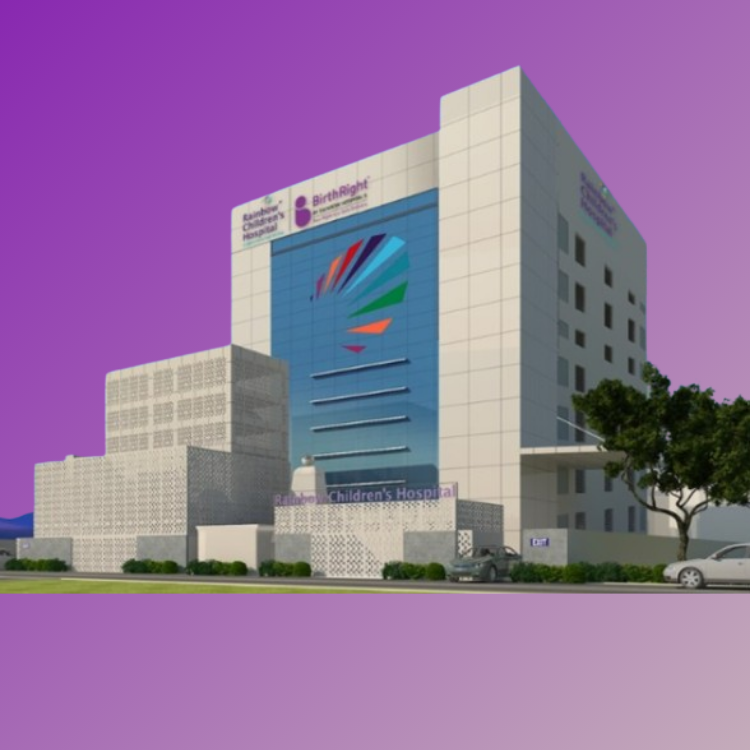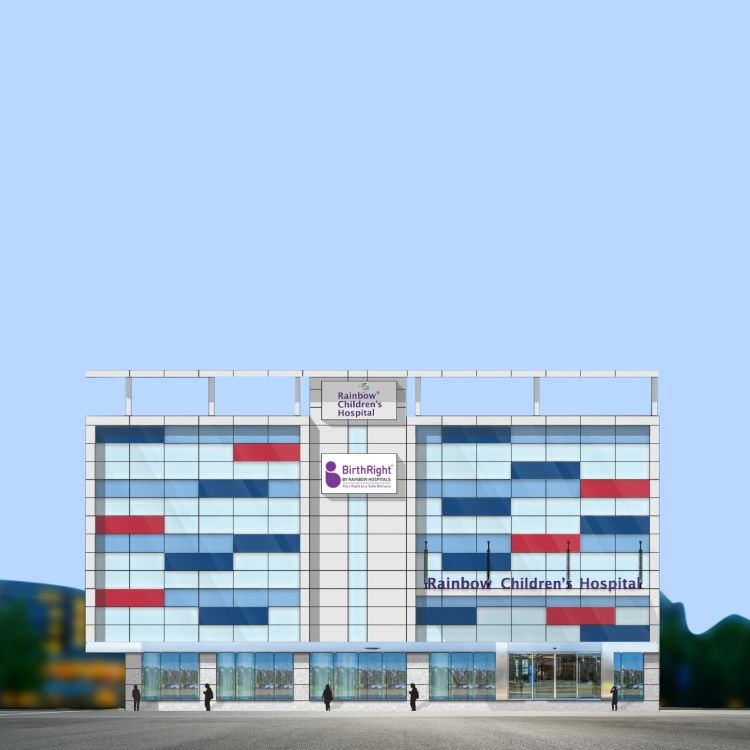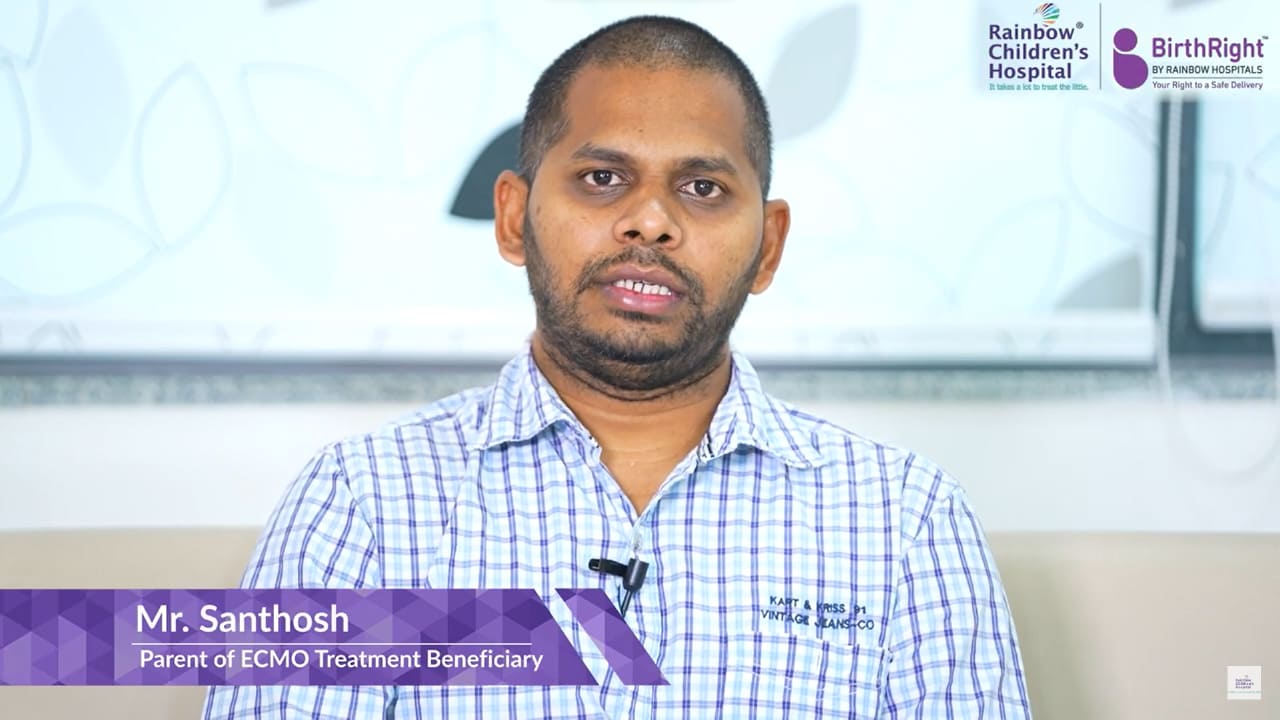Seamless support from diagnosis to post treatment care
Epilepsy Surgery
Overview
Epilepsy surgery is a treatment option for drug-resistant epilepsy, which occurs when anti-seizure medicines fail to control seizures even after taking the appropriate doses. The goal of surgery is to either remove the area of the brain where seizures occur or interrupt the seizure pathways. This helps to reduce or completely eliminate seizure frequency or their severity. It's not the first line of treatment and is usually recommended when the source of the seizures that has been identified can be safely treated without interfering with important brain functions such as speech or movement. Not every epilepsy patient needs surgery; thus, a careful evaluation which includes a series of tests is required.
Causes
- Epilepsy can be caused by a variety of factors, including congenital brain malformations, traumatic brain injury, infections, tumors, or stroke. However, surgery is primarily required when:
- If two or more anti-seizure medications have failed (seizure is refractory to medical treatment)
- A structural abnormality, such as hippocampal sclerosis, cortical dysplasia, or a brain lesion, causes seizures
- The affected brain region is clearly localized
Signs and Symptoms
Epilepsy symptoms can vary depending on the type of seizure and its location in the brain. Some of the common symptoms include:
- Loss of consciousness or awareness during a seizure
- Uncontrolled jerking movements (motor seizures)
- Staring spells, confusion, or brief lapses in awareness
- A warning sign (called an aura) that can include distinct smells or feelings before a seizure.
- Confusion after seizure
Diagnosis and Treatment
Diagnosis:
To determine whether a patient needs surgery, several tests are conducted to assess the patient's condition. These include:
- Video EEG monitoring, which records real-time brain activity during seizures
- MRI brain scan to detect any structural abnormalities that might be causing seizures
- Functional imaging (PET, SPECT, MEG) helps to detect seizure foci
- Neuropsychological testing to detect difficulties with memory, language, and cognition
- Functional MRI or intracranial EEG to map out critical brain regions that should be avoided during surgery to prevent damage to them
Treatment:
Epilepsy surgery in pediatric patients is often considered when other treatment options such as medicines and changing your eating habits, etc., aren't effective. A surgery may also be suggested if the side effects of anti-seizure medications outweigh the benefits or if the severity of seizures makes it difficult to lead a quality life. The type of surgery is based on the findings of the evaluation, that includes location of the seizures and the underlying cause, etc. The surgical team may recommend any of the following procedures:
- Resective Surgery: This is the most common epilepsy surgery where the surgeon cuts out brain tissues where seizures occur.
- Temporal Lobectomy: This is the common procedure for temporal lobe epilepsy
- Lesionectomy: The procedure involves the removal of lesions, like tumors or cortical malformations
- Disconnection Procedures: This is beneficial for cases where the seizure focus removal isn’t possible
- Multiple Subpial Transections: The procedure involves cutting small sections to interrupt seizure spread
- Neurostimulation Devices: It is a non-resective, minimally invasive treatment option for individuals who are not candidates for conventional epilepsy surgery. These devices help to manage seizures by controlling irregular electrical activity in the brain.
- Deep Brain Stimulation (DBS): During this procedure, electrodes are implanted deep within certain brain structures, like the anterior nucleus of the thalamus (ANT), which are involved in the seizure network. A pulse generator placed under the skin in the chest sends continuous stimulation to disrupt seizure circuits. The treatment is best for drug-resistant epilepsy that is not localized.
- Vagus Nerve Stimulation (VNS): The procedure uses an implantable device to stimulate the vagus nerve in the neck. It is a small device that works similar to a pacemaker for the heart. It is implanted under the skin of the chest. The device sends regular electrical impulses to the brain via the vagus nerve, which helps to reduce the frequency of seizures, especially in partial-onset seizures.
- Post-surgical care includes:
- Close neurological follow-up
- Medication adjustments
- Rehabilitation, including physical, speech, and occupational therapy
- Psychological support to aid recovery and adjustment
Why Choose Us?
At Rainbow Children’s Hospital, our pediatric neurosurgery team ensures the best possible outcomes for children with epilepsy. Here’s what makes us the most preferred choice:
- Expert pediatric team of highly skilled pediatric neurosurgeons. They specialize in treating complex brain and spinal conditions, using both traditional and minimally invasive techniques.
- Multidisciplinary team works closely with pediatric neurologists, neonatologists, intensive care specialists, and rehabilitation experts to provide holistic care.
- Child-Centric compassionate approach. We create a child-friendly environment that helps young patients feel at ease throughout their treatment journey.
- Equipped with state-of-the-art technology and cutting-edge facilities, including high-resolution imaging, intraoperative monitoring, and advanced neurosurgical tools like neuronavigation and endoscopic systems.
- 24/7 Emergency Care to handle neurosurgical emergencies, ensuring immediate and expert intervention when needed.

Find a Doctor
Expertise you can trust, Meet our esteemed doctors who bring exceptional knowledge, compassion, and innovation to provide top-notch care for your health and well-being.
Our Hospitals and ClinicsOur Hospitals and Clinics
Rainbow Children's Hospital stands as a testament to the hospital's continual pursuit of excellence and innovation, providing specialized care for women and children.
Request a Call back
Tap to Fill FormRequest a Call back
Blogs
Discover our most recent health articles provided by our reliable experts.
What Are People Saying About Us
Embark on a journey of inspiration and hope with our patient success stories, complemented by informative videos from our dedicated doctors.
Quick Links
- Best Pediatric Neurosurgeons in Hyderabad
- Best Pediatric Neurosurgeon In Bangalore
- Pediatric Neurosurgeon in Delhi
- Pediatric Neurosurgeons in Chennai
- Best Pediatric Neurosurgeon in Vijayawada
- Best Pediatric Neurosurgeon in Vizag
- Best Pediatric Neurosurgeon in Hyder Nagar
- Best Pediatric Neurosurgeon in Marathahalli
- Best Pediatric Neurosurgeons in Guindy
- Best Pediatric Neurosurgeons in Currency Nagar
- Best Pediatric Neurosureon in Banjarahills
- Top Pediatric Neurosurgeons in India
- Spina Bifida in Children, Hyderabad
- Spinal Cord Injury in Children, Hyderabad
- Arachnoid Cysts in Children, Hyderabad
- Chiari Malformation in Children, Hyderabad
- Glioblastoma Multiforme in Children, Hyderabad
- Intraventricular Hemorrhage in Children, Hyderabad
- Deep Brain Stimulation in Children, Hyderabad
- Oligodendroglioma in Children, Hyderabad
- Pilocytic Astrocytoma in Children, Hyderabad
- Skeletal Dysplasia in Children, Hyderabad
- Laser Ablation in Children, Hyderabad
- Radiosurgery in Children, Hyderabad
- Tethered Spinal Cord in Children, Hyderabad
- Cavernous Malformations in Children, Hyderabad
- Dysembryoplastic Neuroepithelial Tumor in Children, Hyderabad
- Selective Dorsal Rhizotomy in Children, Hyderabad
- Pial Synangiosis in Children, Hyderabad
- Metopic Synostosis Trigonocephaly in Children, Hyderabad
- Primitive Neuroectodermal Tumors (PNET) in Children, Hyderabad
- Vein of Galen Malformation (VOGM) in Children, Hyderabad
- Intraoperative magnetic resonance imaging (iMRI) in Children, Hyderabad
- Spina Bifida in Children, Bengaluru
- Spinal Cord Injury in Children, Bengaluru
- Arachnoid Cysts in Children, Bengaluru
- Chiari Malformation in Children, Bengaluru
- Glioblastoma Multiforme in Children, Bengaluru
- Intraventricular Hemorrhage in Children, Bengaluru
- Deep Brain Stimulation in Children, Bengaluru
- Oligodendroglioma in Children, Bengaluru
- Pilocytic Astrocytoma in Children, Bengaluru
- Skeletal Dysplasia in Children, Bengaluru
- Laser Ablation in Children, Bengaluru
- Radiosurgery in Children, Bengaluru
- Tethered Spinal Cord in Children, Bengaluru
- Cavernous Malformations in Children, Bengaluru
- Dysembryoplastic Neuroepithelial Tumor in Children, Bengaluru
- Selective Dorsal Rhizotomy in Children, Bengaluru
- Pial Synangiosis in Children, Bengaluru
- Metopic Synostosis Trigonocephaly in Children, Bengaluru
- Primitive Neuroectodermal Tumors (PNET) in Children, Bengaluru
- Vein of Galen Malformation (VOGM) in Children, Bengaluru
- Intraoperative magnetic resonance imaging (iMRI) in Children, Bengaluru
- Spina Bifida in Children, Delhi
- Spinal Cord Injury in Children, Delhi
- Arachnoid Cysts in Children, Delhi
- Chiari Malformation in Children, Delhi
- Glioblastoma Multiforme in Children, Delhi
- Intraventricular Hemorrhage in Children, Delhi
- Deep Brain Stimulation in Children, Delhi
- Oligodendroglioma in Children, Delhi
- Pilocytic Astrocytoma in Children, Delhi
- Skeletal Dysplasia in Children, Delhi
- Laser Ablation in Children, Delhi
- Radiosurgery in Children, Delhi
- Tethered Spinal Cord in Children, Delhi
- Cavernous Malformations in Children, Delhi
- Dysembryoplastic Neuroepithelial Tumor in Children, Delhi
- Selective Dorsal Rhizotomy in Children, Delhi
- Pial Synangiosis in Children, Delhi
- Metopic Synostosis Trigonocephaly in Children, Delhi
- Primitive Neuroectodermal Tumors (PNET) in Children, Delhi
- Vein of Galen Malformation (VOGM) in Children, Delhi
- Intraoperative magnetic resonance imaging (iMRI) in Children, Delhi
- Spina Bifida in Children, Chennai
- Spinal Cord Injury in Children, Chennai
- Arachnoid Cysts in Children, Chennai
- Chiari Malformation in Children, Chennai
- Glioblastoma Multiforme in Children, Chennai
- Intraventricular Hemorrhage in Children, Chennai
- Deep Brain Stimulation in Children, Chennai
- Oligodendroglioma in Children, Chennai
- Pilocytic Astrocytoma in Children, Chennai
- Skeletal Dysplasia in Children, Chennai
- Laser Ablation in Children, Chennai
- Radiosurgery in Children, Chennai
- Tethered Spinal Cord in Children, Chennai
- Cavernous Malformations in Children, Chennai
- Dysembryoplastic Neuroepithelial Tumor in Children, Chennai
- Selective Dorsal Rhizotomy in Children, Chennai
- Pial Synangiosis in Children, Chennai
- Metopic Synostosis Trigonocephaly in Children, Chennai
- Primitive Neuroectodermal Tumors (PNET) in Children, Chennai
- Vein of Galen Malformation (VOGM) in Children, Chennai
- Intraoperative magnetic resonance imaging (iMRI) in Children, Chennai
- Spina Bifida in Children, Vijayawada
- Spinal Cord Injury in Children, Vijayawada
- Arachnoid Cysts in Children, Vijayawada
- Chiari Malformation in Children, Vijayawada
- Glioblastoma Multiforme in Children, Vijayawada
- Intraventricular Hemorrhage in Children, Vijayawada
- Deep Brain Stimulation in Children, Vijayawada
- Oligodendroglioma in Children, Vijayawada
- Pilocytic Astrocytoma in Children, Vijayawada
- Skeletal Dysplasia in Children, Vijayawada
- Laser Ablation in Children, Vijayawada
- Radiosurgery in Children, Vijayawada
- Tethered Spinal Cord in Children, Vijayawada
- Cavernous Malformations in Children, Vijayawada
- Dysembryoplastic Neuroepithelial Tumor in Children, Vijayawada
- Selective Dorsal Rhizotomy in Children, Vijayawada
- Pial Synangiosis in Children, Vijayawada
- Metopic Synostosis Trigonocephaly in Children, Vijayawada
- Primitive Neuroectodermal Tumors (PNET) in Children, Vijayawada
- Vein of Galen Malformation (VOGM) in Children, Vijayawada
- Intraoperative magnetic resonance imaging (iMRI) in Children, Vijayawada
- spina-bifida-in-children-vizag
- spinal-cord-injury-in-children-vizag
- arachnoid-cysts-in-children-vizag
- chiari-malformation-in-children-vizag
- glioblastoma-multiforme-in-children-vizag
- intraventricular-hemorrhage-in-children-vizag
- deep-brain-stimulation-in-children-vizag
- oligodendroglioma-in-children-vizag
- pilocytic-astrocytoma-in-children-vizag
- skeletal-dysplasia-in-children-vizag
- laser-ablation-in-children-vizag




















































